Gorilla Families of Bwindi: What You Need to Know
An Encounter Beyond Imagination
In the mist-laden mountains of southwestern Uganda, where towering trees embrace the clouds and the air vibrates with the distant calls of exotic birds, lies Bwindi Impenetrable National Park, a sanctuary unlike any other. This UNESCO World Heritage Site is not only famed for its pristine forest but also for being home to one of the most extraordinary treasures on Earth: the endangered mountain gorillas. To walk within this ancient forest, tracing narrow trails under the dense canopy, is to step into a living world where humans and primates share a fleeting but profound moment of connection.
The allure of Bwindi lies not merely in the chance to glimpse a gorilla but in the opportunity to sit among them, observing the gentle gaze of a silverback, the playful antics of juveniles, and the nurturing care of mothers. These encounters are made possible through the habituation of specific gorilla families, groups that have been carefully introduced to human presence under the guidance of conservationists and researchers. Each gorilla family carries its own story, a unique composition of personalities, hierarchies, and behaviors that reflect the intricate social fabric of these great apes.
To understand the gorilla families of Bwindi is to appreciate the park not only as a haven of biodiversity but also as a living narrative of resilience, adaptation, and conservation success.
Bwindi Impenetrable National Park: The Cradle of Gorilla Families
Bwindi Impenetrable National Park covers 321 square kilometers of montane and lowland forest, stretching across steep ridges and valleys within the Albertine Rift. The park is divided into four main sectors—Buhoma, Ruhija, Rushaga, and Nkuringo—each hosting habituated gorilla families available for trekking. These divisions not only organize conservation efforts but also distribute visitors, ensuring that gorillas are not overwhelmed by human presence.
The park is estimated to shelter nearly half of the world’s remaining mountain gorilla population, making it one of the most critical sites for their survival. Each family within Bwindi represents more than just a group of gorillas; it is a testament to conservation strategies, a product of decades of protection and monitoring. Unlike many other wildlife species, mountain gorillas live in cohesive social groups led by a dominant silverback. Their dynamics mirror human social structures, where leadership, conflict, nurturing, and cooperation all play crucial roles in daily survival.
The rugged terrain and dense vegetation of Bwindi provide both sanctuary and challenge. For visitors, this means that trekking to meet a gorilla family requires determination and endurance. Yet it is precisely this impenetrability that has preserved the gorillas for centuries, shielding them from external threats and enabling their families to thrive within this green fortress.
Understanding Gorilla Families: Structure and Dynamics
A gorilla family, also known as a troop or group, typically consists of 10 to 30 individuals, though numbers can vary. At the center of this social unit is the silverback, a dominant male distinguished by the silver streak running down his back, which develops with maturity. The silverback assumes responsibility for the group’s protection, decision-making, and cohesion. His authority is both respected and contested, as younger males may eventually challenge him for leadership.
Females form the nurturing core of the family, raising infants and forging social bonds that stabilize the troop. Infants and juveniles inject vibrancy into the group, their play behaviors contributing to learning, coordination, and social integration. Subordinate males, often referred to as blackbacks, hover between loyalty and ambition, awaiting their time to either inherit leadership within the group or disperse to establish new families.
These family structures are not static; they evolve with births, deaths, and conflicts. Splinter groups form when subordinate males or discontent females break away, leading to the establishment of new families. Such dynamics ensure genetic diversity and resilience within the broader gorilla population.
In Bwindi, each habituated gorilla family has been carefully monitored, named, and studied. Their histories are chronicled, their compositions recorded, and their behaviors observed, enabling visitors to not only see gorillas but also understand their individual identities.
Gorilla Families of the Buhoma Sector
Buhoma, the oldest sector for gorilla trekking in Bwindi, offers a unique gateway to families whose histories are deeply intertwined with the early days of gorilla tourism. Among them, the Mubare family holds historical significance, being the first gorilla family to be habituated in Bwindi. Established in the early 1990s, Mubare has undergone multiple leadership transitions, reflective of the struggles and triumphs inherent in gorilla social life.
The Habinyanja family, another notable group in Buhoma, is recognized for its large size and complex social structure. It was habituated in 1997 and has since provided rich insights into gorilla behavior and leadership succession. The Rushegura family, a splinter from Habinyanja, represents the dynamic adaptability of gorilla groups, thriving independently under new leadership.
Buhoma’s families embody both the resilience and vulnerability of gorilla groups. Observing them offers visitors a chance to witness a living chronicle of gorilla conservation history, while also enjoying the accessibility and infrastructure that Buhoma provides.
Gorilla Families of the Ruhija Sector
The Ruhija sector, located at higher elevations, is celebrated for its rich biodiversity and cooler climate. Among its most famous families is the Bitukura family, known for its unusually peaceful temperament and tolerance among multiple silverbacks. This rare phenomenon challenges assumptions about gorilla leadership and demonstrates the variability of gorilla social systems.
The Oruzogo family, another group in Ruhija, is renowned for its playful juveniles and energetic interactions. Visitors often describe encounters with Oruzogo as particularly lively, with younger gorillas showcasing acrobatic displays and mock fights. These behaviors not only entertain but also serve critical functions in skill development and social cohesion.
The Ruhija sector’s gorilla families provide opportunities to observe how environment influences behavior. The elevation, vegetation, and relative seclusion of Ruhija create conditions that shape the identities of its resident families, offering unique insights compared to other sectors.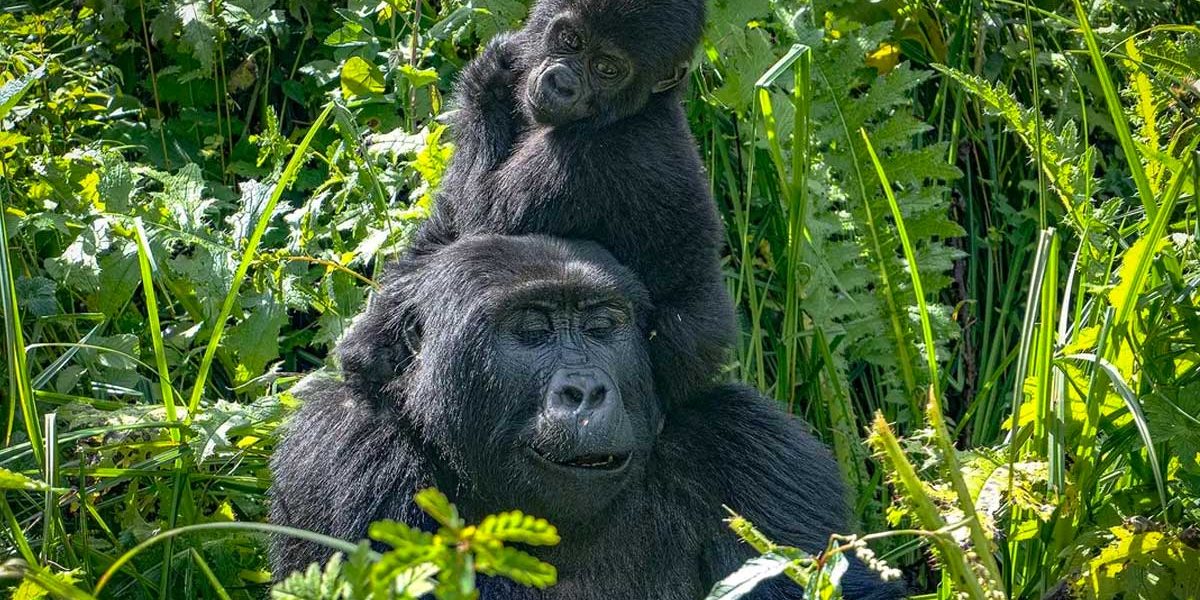
Gorilla Families of the Rushaga Sector
Rushaga, situated in the southern part of Bwindi, hosts the largest number of habituated gorilla families, making it a hub for visitors seeking diversity of encounters. Families here include the Nshongi group, once the largest habituated gorilla family in the world, comprising over 30 members at its peak. Although it has since split, Nshongi remains iconic, symbolizing the fluid nature of gorilla social organization.
The Bweza and Kahungye families, both splinters from larger groups, highlight the adaptability of gorillas in forming new units when internal pressures arise. The Mishaya family, established by a silverback breaking away from Nshongi, provides further evidence of the dynamic leadership contests that characterize gorilla society.
Rushaga is also notable for offering the gorilla habituation experience, where visitors can spend extended periods observing semi-habituated families as they gradually adapt to human presence. This process allows deeper understanding of gorilla behavior while contributing directly to conservation science.
Gorilla Families of the Nkuringo Sector
Nkuringo, located on Bwindi’s rugged southern ridge, is home to fewer but equally fascinating gorilla families. The Nkuringo family, habituated in 2004, is particularly renowned for its resilience and strength. Led for years by the formidable silverback Rafiki, whose tragic death in 2020 drew international attention, the Nkuringo group represents the vulnerability of gorillas despite intensive conservation efforts. Yet even in loss, the family has demonstrated the ability to regroup and endure, embodying the spirit of survival that defines Bwindi.
Other families in Nkuringo, such as the Bushaho group, illustrate how dispersals and new leadership give rise to thriving new lineages. Trekking in Nkuringo is considered more physically demanding due to steep terrain, yet the encounters here are especially rewarding, combining breathtaking views with intimate gorilla observations.
The Role of Habituation in Gorilla Tourism
The possibility of encountering gorilla families in Bwindi is made possible through habituation, a carefully managed process in which gorillas are gradually accustomed to human presence. Conducted over a period of years, this process involves daily monitoring by researchers and rangers until gorillas display comfort and non-aggression around visitors. The habituation process is critical for tourism, as it ensures that gorilla encounters are both safe and sustainable.
Yet habituation is more than a practical measure; it is a window into gorilla psychology and adaptation. Some families adjust quickly, while others remain wary, demonstrating the individuality of each group. The process underscores the delicate balance between enabling human encounters and preserving gorillas’ natural behaviors.
Conservation Significance of Gorilla Families
Each gorilla family within Bwindi serves as a living indicator of conservation success. The survival and growth of these families attest to decades of protection, research, and community engagement. Revenue generated from gorilla trekking is channeled into park management, anti-poaching patrols, and community development, creating a virtuous cycle where gorilla families sustain not only themselves but also human communities.
The stories of individual families highlight the fragility of gorilla existence, constantly threatened by habitat loss, disease, and human-wildlife conflict. Yet they also inspire hope, as population numbers have shown gradual increases, reflecting the effectiveness of conservation strategies.
Experiencing Gorilla Families: A Journey of Transformation
For visitors, the encounter with a gorilla family is not merely observational but deeply transformative. Sitting quietly in the presence of these great apes, one is struck by the familiarity of their behaviors—the gentle touch of a mother, the mischievous play of youngsters, the authoritative gaze of a silverback. Such moments blur the boundaries between species, instilling a profound sense of kinship and responsibility.
The journey to reach these families, often through dense foliage and steep climbs, enhances the sense of achievement and reverence. Each family encountered becomes part of a narrative etched into memory, a personal story that intertwines with the broader saga of gorilla conservation.
A Call to Witness and Protect
The gorilla families of Bwindi are not just wildlife; they are dynasties, each with histories, struggles, and triumphs that echo the resilience of life itself. To know them is to understand the complexity of nature, the urgency of conservation, and the privilege of human-gorilla encounters. From the legendary Mubare family to the resilient Nkuringo group, each troop invites visitors to step into their world, if only for a fleeting hour, and witness a connection that defies words.
Yet these families remain vulnerable, their survival dependent on continued protection, sustainable tourism, and global awareness. The act of visiting them is not only an adventure but a contribution to their preservation, ensuring that future generations may also experience their majesty.
For travelers who desire an immersive, expertly guided journey into Bwindi’s heart, it is recommended that tours and safaris be booked through WildHorn Africa. With their expertise, commitment to sustainability, and dedication to excellence, WildHorn Africa provides not just access to gorilla families but an experience that is both transformative and responsible. By choosing WildHorn Africa, every encounter becomes more than a memory—it becomes a step toward protecting Uganda’s greatest natural treasure.

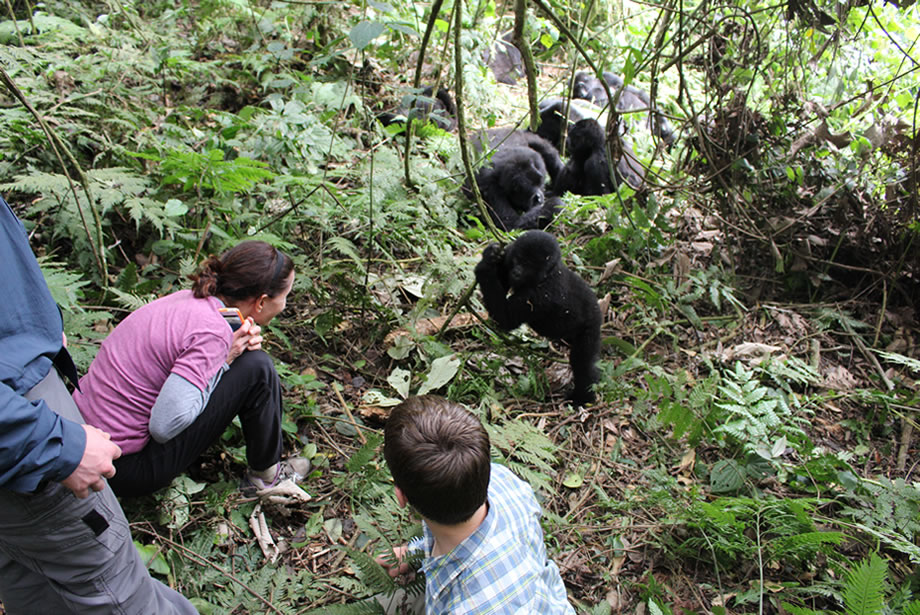
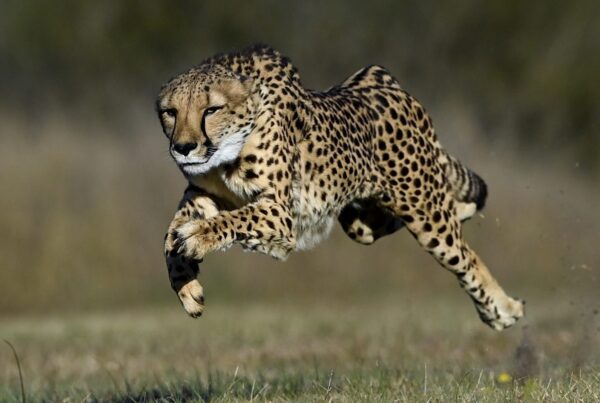
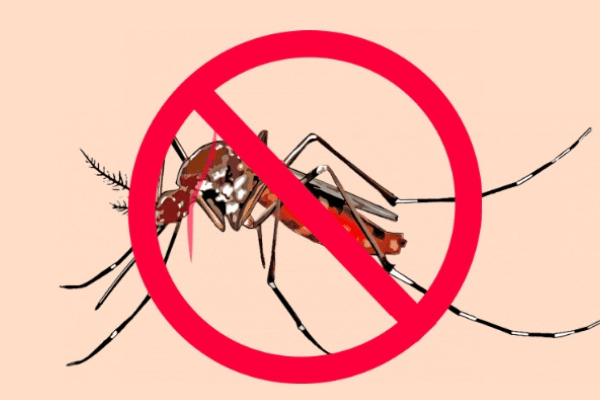
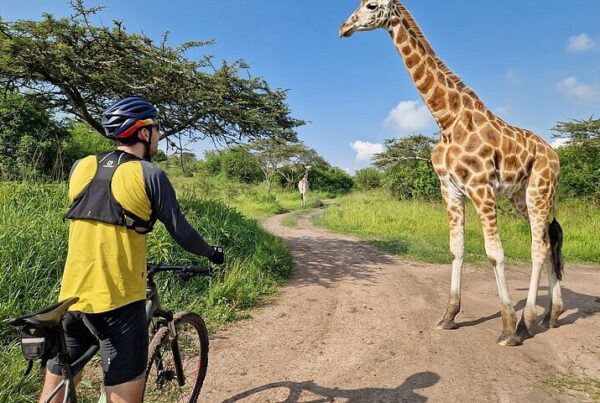
 WildHorn Africa – Authentic and unforgettable tours across Africa, guided by local experts who know the land, wildlife, and culture best.
WildHorn Africa – Authentic and unforgettable tours across Africa, guided by local experts who know the land, wildlife, and culture best.


